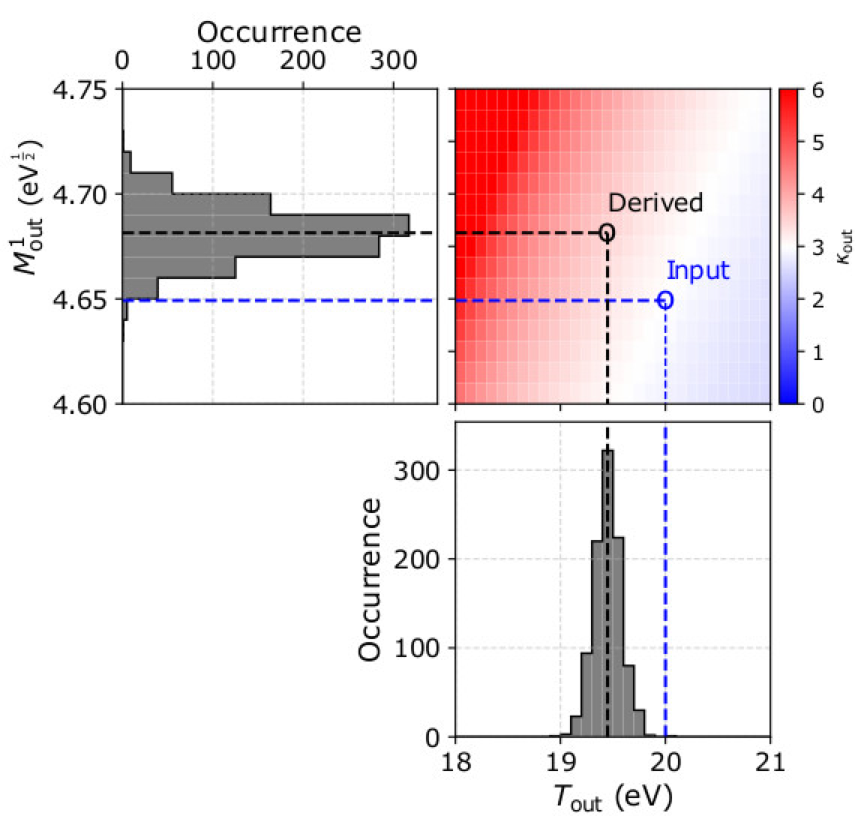MIST
Magnetosphere, Ionosphere and Solar-Terrestrial
On the Determination of Kappa Distribution Functions from Space Plasma Observations
by Georgios Nicolaou (Mullard Space Science Laboratory, UCL)
Solar wind plasma is often out of the classic thermal equilibrium and the particle velocities do not follow Maxwell distribution functions. Instead, numerous missions reported observations indicating that the velocities of plasma species follow kappa distribution functions which are characterized by narrow “cores” and elongated high-energy “tails”. In this study, we focus on the determination of these distributions by a novel calculation of statistical velocity and kinetic energy moments which we can potentially apply on-board to estimate the plasma parameters. We quantify this method by simulating and analyzing observations of typical solar wind protons. Moreover, we demonstrate how the instrument design affects the accuracy of the method and we suggest validation tests for future users. We highlight the importance of such a method for high time-resolution on-board analyses in space regions where the plasma is out of classic thermal equilibrium.

Figure 1. (Top left) The occurrence of the first order speed moment M1out and (lower right) the temperature Tout, as derived from the analysis of 1000 samples of plasma with n = 20 cm-3, u0=500 kms-1 towards Θ = 0° and Φ = 0°, T = 20 eV, and κ = 3. (Top right) Theoretical solutions of κout as a function of Tout and M1out. On each panel the blue lines indicate the input parameters and the black lines the derived parameters in our example.
Please see the paper for full details:
Nicolaou, G.; Livadiotis, G.; Wicks, R.T. On the Determination of Kappa Distribution Functions from Space Plasma Observations. Entropy 2020, 22, 212. https://doi.org/10.3390/e22020212